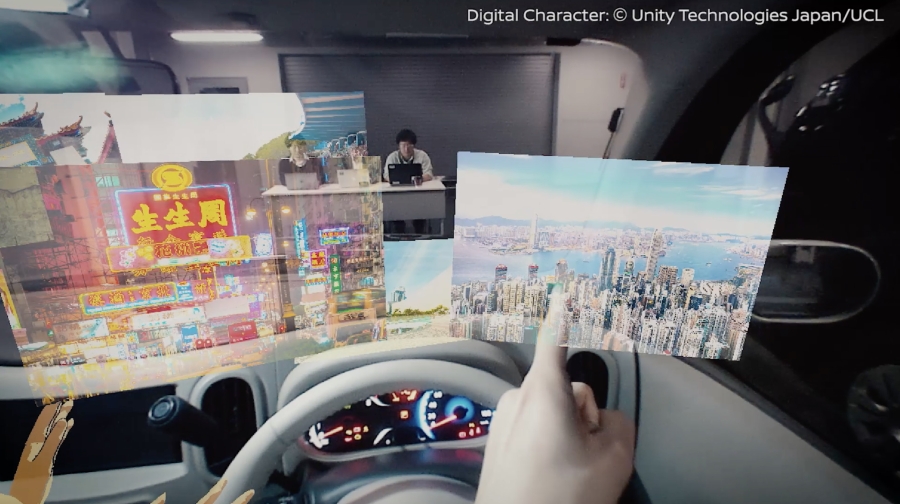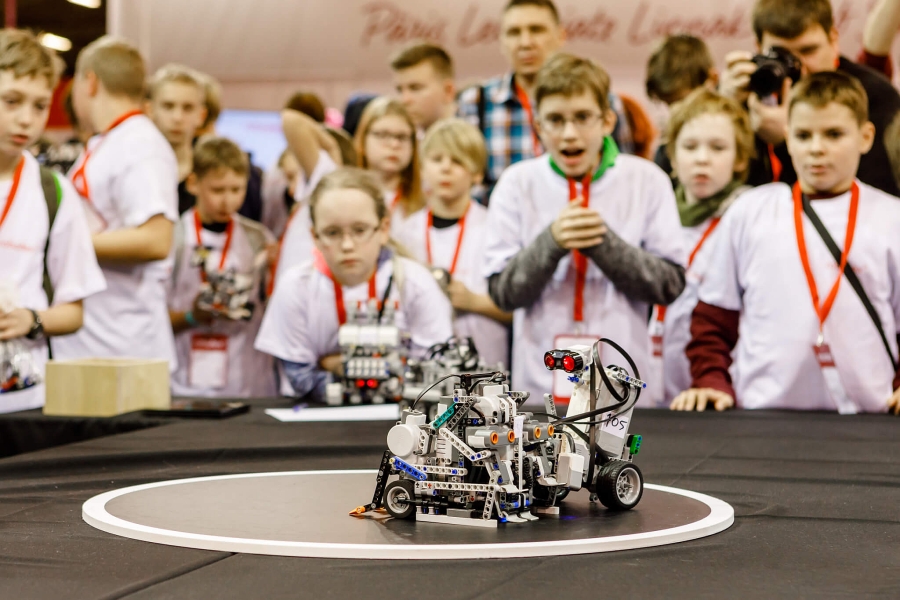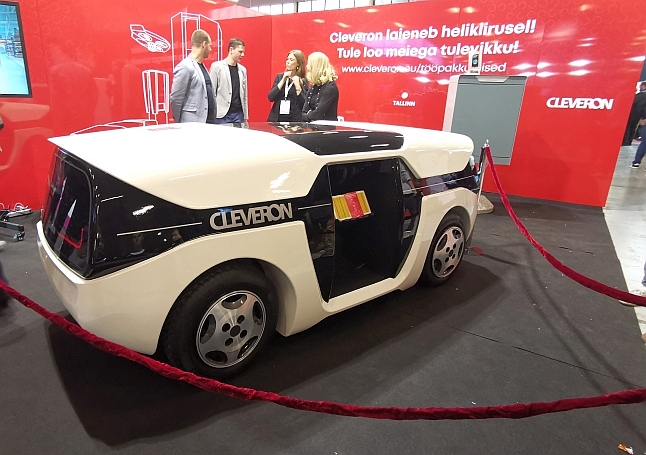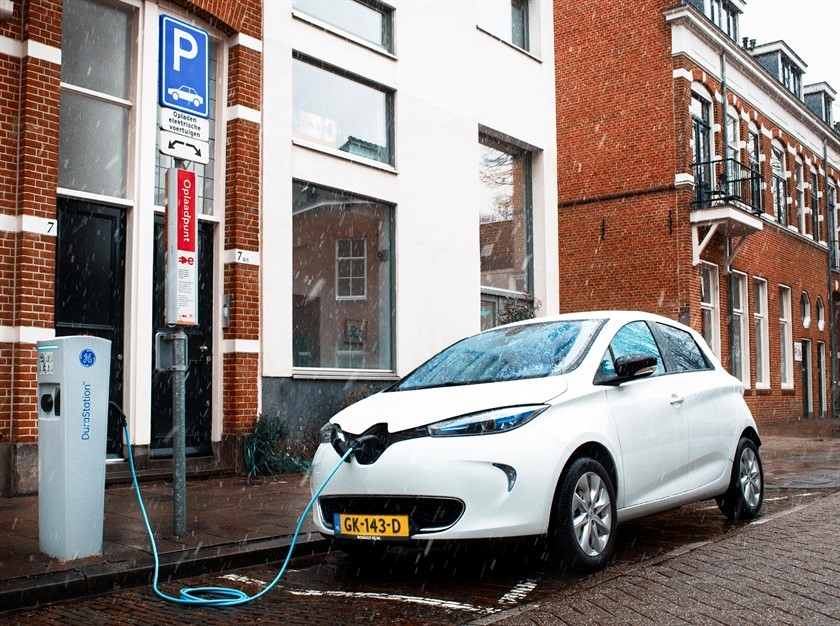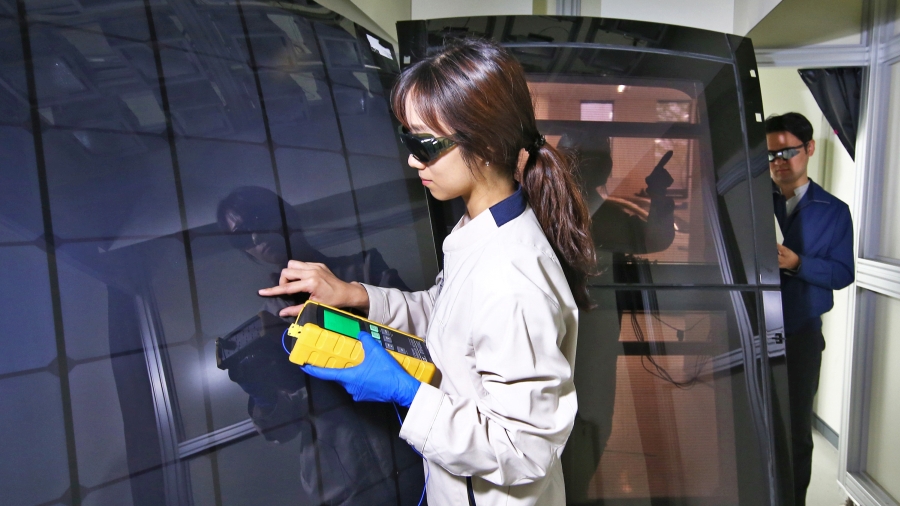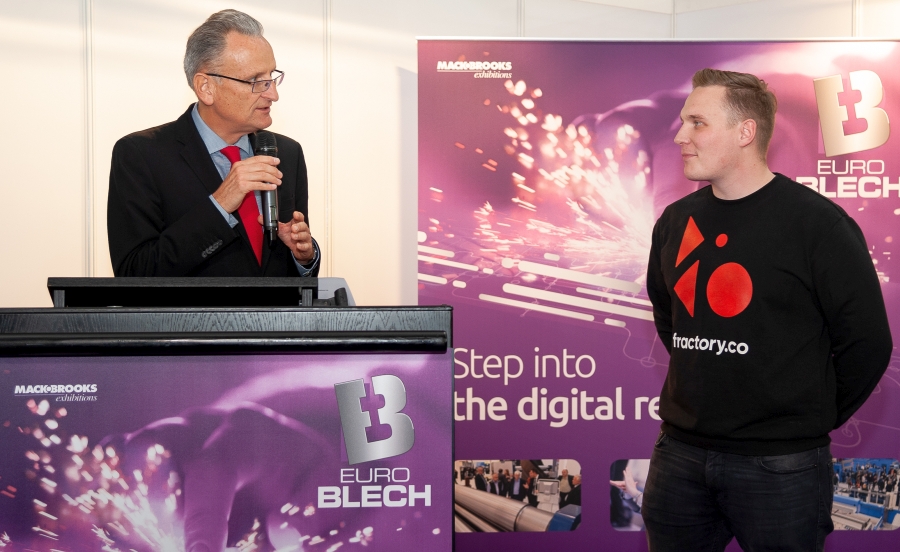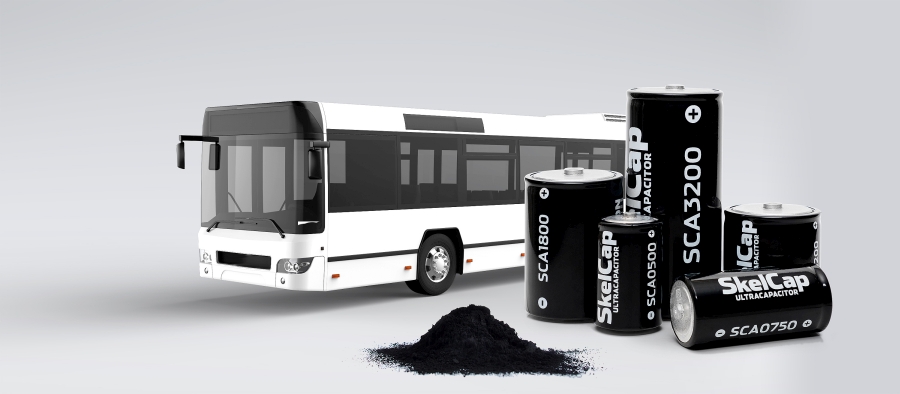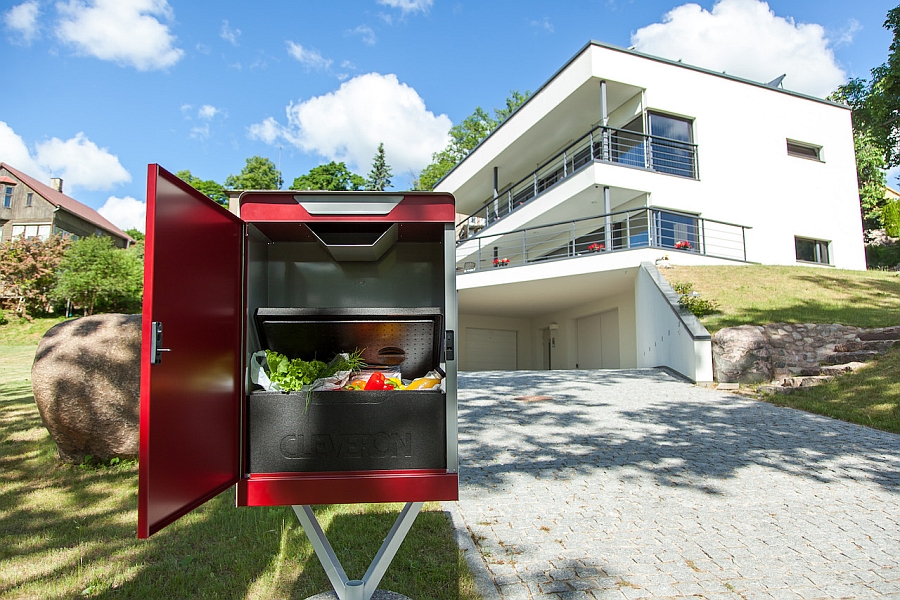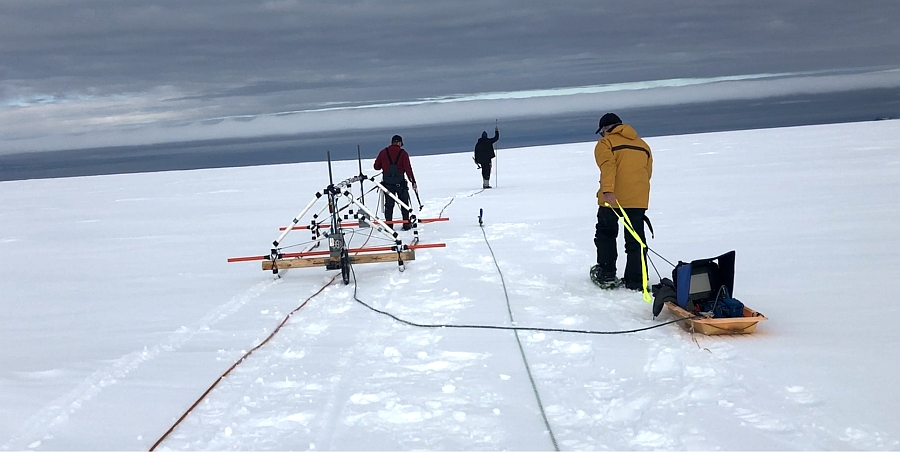Innovation
How to innovate, make things better - read news and articles about it here (soon).
Nissan unveils Invisible-to-Visible technology concept at CES
At the upcoming CES trade show, Nissan will unveil its future vision for a vehicle that helps drivers “see the invisible” by merging both real and virtual worlds, creating the ultimate connected-car experience.
Invisible-to-Visible, or I2V, is a future technology created through Nissan Intelligent Mobility, the company’s vision for changing how cars are powered, driven and integrated into society. I2V will demonstrate the future of driving to CES visitors through an interactive, three-dimensional immersion experience at Nissan’s display.
All time biggest Robotex brought together participants from 46 countries
Robotics event Robotex International took place for the 18th time in Tallinn from November 30th to December 2nd. Thousands of competitors, students, university students, families and just robotics enthusiast came together to build robots, compete and learn about the most innovative technological developments. This year’s festival boasted with 26 competitions and 2406 competitors (603 of whom from abroad). Represented were 46 countries including Afghanistan, Cyprus, Colombia, Greece, Japan, India, Mali, USA, China and many others. The youngest competitor was 3 years old and the oldest 68. More than 20 000 people visited Robotex.
VIDEO: Cleveron presents their first robot courier prototype
The self-driving robot courier will automate the last mile delivery and parcel handover from a courier to a client. This helps to manage the growing e-commerce parcel volumes more effectively and make the last mile delivery extremely convenient for the consumer.
The goal behind the creation of the robot courier is the same as for all other Cleveron’s products – to save time for everyone. The self-driving robot courier will arrive at the client’s house, place the parcel to the personal parcel locker and then leave. The customer gets a message that the parcel has arrived and can pick the parcel from the locker whenever it suits them. They do not have to stay at home and wait for the courier to arrive with their parcels.
Alliance Ventures invests in fast li-Ion battery technology for electric vehicles - charging will be as fast as fuelling
Alliance Ventures, the strategic venture capital arm of Renault-Nissan-Mitsubishi, has announced today that it has invested in the latest round of funding in Enevate Corporation, an advanced lithium-ion (Li-ion) battery technology company based in Irvine, California. This marks the latest technology investment by Alliance Ventures, launched earlier this year to support start-ups, early-stage development, and entrepreneurs at the cutting edge of next-generation systems for the automotive industry.
Kia and Hyundai reveal solar charging system technology to power future eco-friendly vehicles
Kia Motors and Hyundai Motor have today announced plans to introduce ‘solar roof’ charging technology on selected Hyundai Motor Group vehicles. Electricity-generating solar panels will be incorporated into the roof or the hood of vehicles, and will support internal combustion, hybrid and battery electric vehicles with additional electrical power, increasing fuel efficiency and range.
The solar charging technology is being developed to support the vehicle’s main power source, improving mileage and reducing CO2 emissions. The system will have the capability to charge the batteries of eco-friendly electric and hybrid vehicles, as well as those of internal combustion engine (ICE) vehicles, helping to improve fuel efficiency.
The innovative solution developed by an Estonia start-up won the first prize in the world’s largest exhibition of sheet metal working industry
Fractory.co, founded in Tartu one year ago, has won the title of the best start-up in EuroBLECH, the world's largest exhibition of the metal working technology held in Germany, with a solution that radically accelerates the production and ordering process of metal companies.
Graphene-Based Ultracapacitors Boost Double Deck Buses Through Low Carbon Emission Bus Test by Reducing Fuel Consumption
Skeleton Technologies and Wrights Group Ltd have signed a high-volume, multi-million-euro contract over the next 5 years: Skeleton Technologies supplies graphene-based ultracapacitors to the latest KERS enabled hybrid-electric double and single deck buses produced by the Wrights Group.
The demand to reduce CO2 emissions in city centers is one of the key drivers for Wrightbus to implement new technology which cuts down CO2 emissions by saving fuel.
The integration of graphene-based ultracapacitors into test WrightBus double deck buses enables a 36% fuel saving compared to a UK based EuroVI diesel bus baseline. It also adds at least another 3 passengers to the capacity of these buses compared to a lithium battery-based hybrid equivalent.
Volvo Cars’ new 360c autonomous concept: reimagining the work-life balance and the future of cities
Where would you live if you could commute each workday in an autonomous driving, fully-functional, connected, comfortable, mobile office space? What if the service was provided via an on demand subscription basis? Or what if it was provided by one employer yet not another – which company would you work for?
This is a mere glimpse of a myriad of scenarios and questions raised by Volvo Cars’ new Volvo 360c concept, revealed today as part of the company’s vision for the future of travel – autonomous, electric, connected and safe – and which may allow Volvo Cars to enter new growth markets.
Cleveron launched a personal parcel locker CleverPod in Estonia
CleverPod is operated through a mobile app which allows the owner to share the access with a courier company, the postman, family members and even friends. When the courier arrives with a parcel, groceries or even take-out dinner, they open the locker through the app, place the parcel inside and close the door. The app notifies the owner that a parcel was placed in the locker and they can retrieve it when they arrive home.
Latvian company SPH Engineering helps locate aircraft buried under Greenland ice with the help of GPR and drone integrated system
An expedition was carried out in Greenland this past July that, using technology developed by Latvian company SPH Engineering – a ground penetrating radar (GPR) and drone integrated system – managed to find a World War II aircraft abandoned “in the middle of nowhere”, buried under approximately 100 meters of ice.
On July 15, 1942 eight planes – six P-38 fighter planes and two B-17 bombers – left a U.S. Army base in Greenland. Due to adverse weather conditions, the squadron attempted emergency landing on a glacier far from populated areas. All the crewmen were rescued nine days later, but their planes, which were only lightly damaged during the landing, had to be left behind on the glacier.
